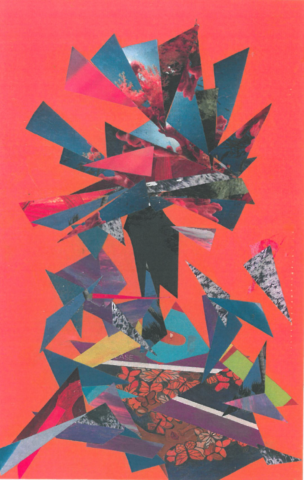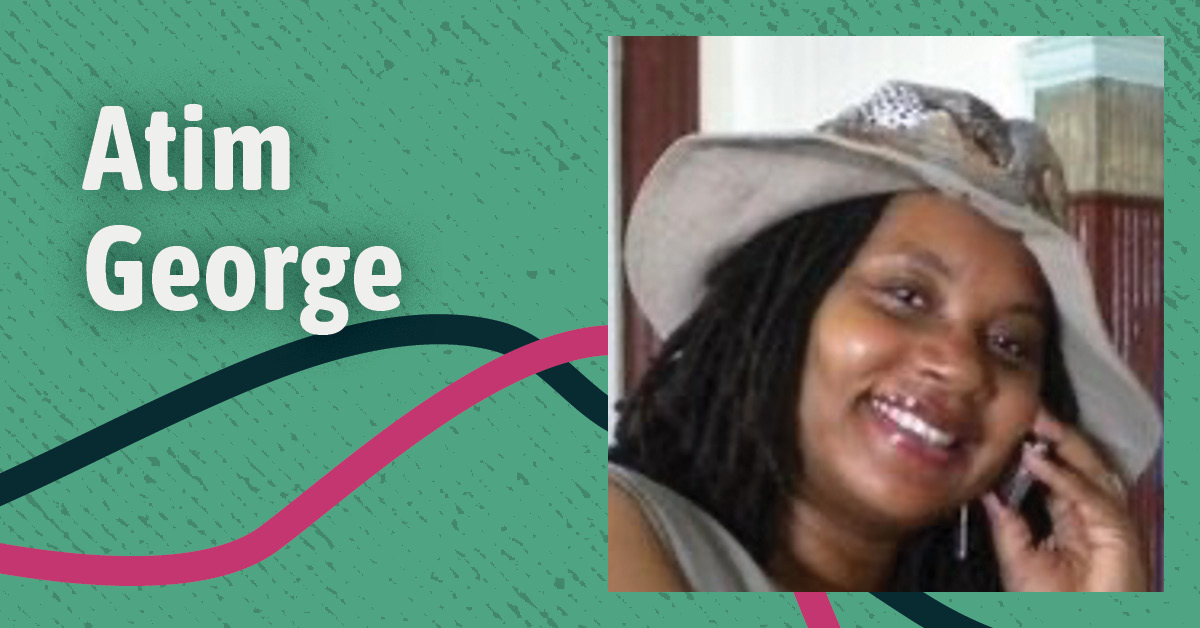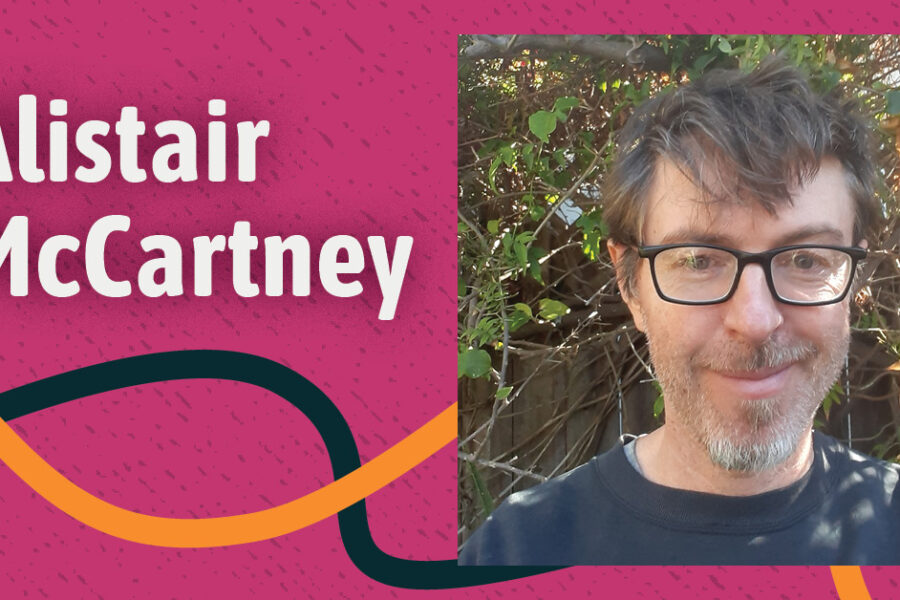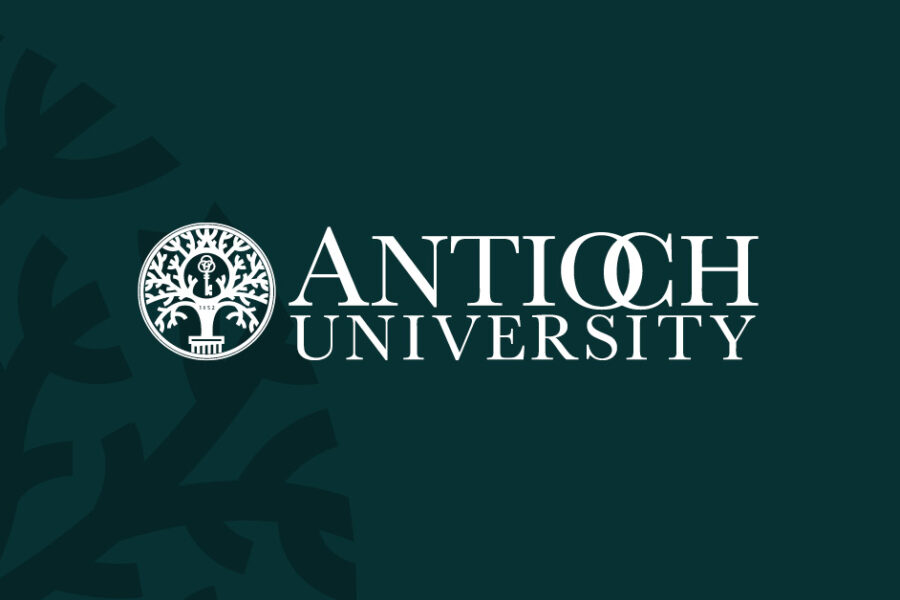Dr. Atim Eneida George has long felt the urgency of leadership. “I would take it back to my childhood,” she says. “Even though I was the youngest, I felt that I could exert or influence the situation by being poised.” Her young years were marked by navigating confusing social orders, first as the youngest child with three older siblings and then as an orphan, as she lost both of her parents by the age of ten. This second experience, explains George, “marked a deep and abiding commitment to compassion.”
George’s diplomatic skills and ability to connect with people of different backgrounds later took professional shape during decades working in the Foreign Service, the branch of the State Department that staffs diplomatic missions in countries around the world. It was in the Foreign Service—where her portfolio included work on complex international challenges such as the climate crisis, HIV/AIDS, immigration, human rights, and democratization—that she came to see the practice of diplomacy as an instrument of peace-building.
Diplomacy is the work of the bridge, and peace is the result. “The beauty of diplomacy,” she says, “is you don’t have to be a formal practitioner, one sent from one state to another, to promote peace.” By working as an emissary of a state, ironically, she came to see how it is possible to promote peace in everyday life—peace in your town, your family, or in a classroom. That’s why, when she retired from the foreign service, this practice of diplomacy extended into her civilian life, through work at colleges, as an independent scholar, as a freelance writer, and as a motivational speaker. It’s what eventually led her to enter Antioch’s PhD in Leadership and Change. It is a mission that has led her to bring her unique perspectives on leadership around the world, knowing that changing just one person’s life for the better, even in a small way, can reverberate for generations.
From Childhood Dreams to Life Changing Realities
Although she grew up in the United States, George was born in Panama, and she views this country’s geographic location—it’s an isthmus between two continents—as a metaphor for her life and work, both in academia and as a practicing diplomat.
George was an infant when she and her family moved back to the United States. As a Black girl, in grade school she felt the isolation of being the only person of color in the room. When she was 15 she already knew she wanted to be a diplomat. She wanted to travel, particularly to Africa, and to connect with people of different cultures. She graduated from Boston College in 1978 with a Bachelor’s in Speech Communications and planned to join what was then called the United States Information Agency, the federal agency responsible for telling America’s story abroad. (The agency was incorporated into the State Department in 1999.) Initially, George’s application to work promoting American values abroad fell through, but the Foreign Service reached out to recruit her. In 1982 she became a Foreign Service Officer.
George’s work in the Foreign Service brought her first to Latin America, where she served in the Dominican Republic, Nicaragua, and Mexico. George wasn’t intimidated by travel—as a child she traveled to far flung places with her family. This was good, because she then went to Africa, where she served in South Africa, Ethiopia, and Nigeria. George explains, “In the Officer Corps, there are five functional areas, or ‘cones.’ I started out as a Consular Officer.” But she went on to work in all of the other four “cones” (or career tracks) as well: Management, Economic, Political and Public Diplomacy.
George’s three decades of service were varied. “It was an unusual and deeply gratifying experience,” she says. “At the same time, it was also a frustrating experience.” For George, the frustration came from dealing with structural and bureaucratic impediments. But the gratification stands out more clearly, and is rooted in her commitment to promoting peace.
Specific stories still stick with her all of these years later. “I can remember serving as a Vice Consul on the Non-Immigrant Visa line in Tijuana, Mexico,” she says. “A US citizen came to the window explaining that he was the godfather of a two year old boy who had been born without an eye. He had made arrangements for this little boy to have a prosthetic device implanted.”
Through her position, George was able to document the boy so he could travel to the United States for medical treatment. “That was one of the most powerful experiences,” she says. It meant a lot, “knowing that I had a small hand in helping this young boy.”
The Crossroads of Diplomacy and Academia
George came to see acts like going above and beyond to help a young boy in need of a prosthetic device as especially important when you’re trying to create an environment for international understanding. As she says, “We built bonds of trust.” And George’s work history is filled with these experiences of service-oriented leadership and trust-building. In South Africa, for example, she served as an Environment, Science and Technology officer, and she made a point of working with local environmental organizations. In Nigeria she was able to work in Public Diplomacy, her original interest. Her work in public diplomacy involved engaging students, journalists, artists, and academics. The work of public diplomacy practitioners is to promote international understanding.
George’s “final tour” at the end of her Foreign Service career was as the Public Diplomat in Residence at the University of Southern California. There, she built connections with graduate students both teaching and counseling those interested in pursuing careers in diplomacy. This was her last assignment. In 2012, she retired from the Foreign Service.
Once George left the Foreign Service, she applied for a Fulbright, but it was derailed due to an administrative error. It was deeply disappointing, but it also steered her onto her present course. As she says, “Literally that day I started looking at graduate programs and found Antioch.” She remembers thinking to herself, “Well, you’ve always wanted to get a PhD. I mean, you’ve got an honorary doctorate. But how about the challenge of an earned one?” That’s how, in 2014, her work at Antioch began.
A Dissertation That Continues to Make Meaning
George thrived in the program, returning over years to residencies around the country and developing strong bonds with her classmates. Her studies eventually led to her 2020 dissertation, Generative Leadership and the Life of Aurelia Erskine Brazael, a Trailblazing African American Foreign Service Officer. It’s the culmination of her six years at Antioch.

In her studies George discovered exciting methodologies for producing qualitative data that allowed for a creative and rigorous exploration of “generative leadership,” a theory of leadership that centers the well-being of future generations. This theory is adapted from the Iroquois Great Law of Peace.
The central subject of George’s dissertation is the life and leadership philosophy of Aurelia Erskine Brazael, a retired African American Foreign Service Officer who served as ambassador to Micronesia, Kenya, and Ethiopia. Brazael’s illustrious career is even more impressive when you consider that she grew up in the segregated American South. George’s dissertation presents a polyvocal narrative of Brazael’s life, examining, in part, the toxicity of racism as well as the ways Brazael’s parents developed what educational sociologist Lawrence Lightfoot calls their “family curriculum” a carefully curated set of values and expectations that build leaders. Indeed, McCaslin and Snow call the work of building leaders the “art of potentiating leadership.” Another example of their potentiating leadership was recruiting talented students who lived throughout the segregated South.
In addition to examining archival sources, George engaged colleagues, proteges, and family to create Brazeal’s portrait. She used arts-based research methodologies to capture the nuances and complexities of Brazeal’s leadership philosophy and praxis. As George says, “I did everything from the word cloud to mind maps to collages, and felt very much at home.” The dissertation theorizes that those hoping to be effective as 21st-century leaders should consider Brazeal’s example of generative leadership.
Applying Principles of Generative Leadership
Since graduating from Antioch, George has continued these ideas in her research as an independent scholar. Recently, she published an article in the International Journal of Public Leadership drawn from her dissertation. She was also selected to participate in the International Leadership Association’s Academic Colloquium entitled From Intent to Action; George is a member of the research team studying structural inequality. For her part, George interviewed Black women in relation to the COVID-19 pandemic.
George also mentors young leaders in the United States and Nigeria helping them build networks, identify partners and potential donors. SisterMentors, a nongovernmental organization dedicated to building the leadership skills of girls and women of color, recently named George a brand Ambassador. Following in Brazeal’s footsteps, George is guiding young people towards making meaningful contributions to their communities.
A community needs generative leaders to create a record of itself. “The question of the archive, and what is preserved, is so very important,” George explains. This is particularly important “coming from a community that has traditionally been racialized and exploited and then, in the academy, discounted and subjected to epistemic exclusion.”
Generative leadership, as George practices it, celebrates and champions inclusion. Where Black scholars are often dismissed as illegitimate in institutions that center white culture, generative leadership acts as a force-multiplier of articulated selfhood. As members of a community are uplifted as leaders, every one of those leaders can then themselves become generative, sustaining identity, history, and movement toward peace.
Family, Faith, and the Future
Even during “my supposed retirement,” as she calls it, George continues to expand her generative, peace-building work into a variety of realms. She serves on the board of the Stories and Organizations of the National Storytelling Network and is a member of the Oral History Association. She also had four children, two are living, and four grandchildren in whose lives she plays an active role.
She often returns to the material of her Antioch dissertation, particularly an audio segment titled “Y’all Pray,” which she appended to her dissertation. Here she tells the story of her great-great-grandmother, whose two sons were kidnapped and auctioned for slave labor. Her last words to her sons were “Ya’ll Pray.” George describes these words as “both action and reflection,” an indispensable act of faith.
Faith evokes the bridge that runs between hope and actuality. George quotes a definition of faith from the Bible: “Now faith is the substance of things hoped for and the evidence of things not seen.” For George, generativity is an act of courage and faith that echoes down from her ancestors. Through George and her work, generativity echoes into the future as well.





